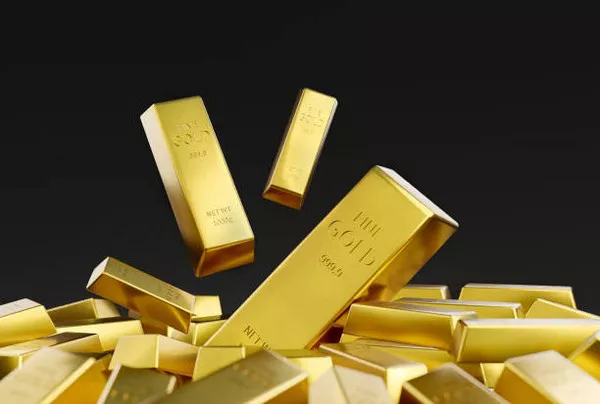Gold (XAU/USD) pulled back on Tuesday after reaching a new all-time high of $2,640 per troy ounce, driven by speculation of aggressive rate cuts from the U.S. Federal Reserve (Fed) and economic stimulus measures from China. At the same time, escalating geopolitical tensions in the Middle East have increased demand for gold as a safe-haven asset.
Fed Rate Cuts and Dovish Signals Boost Gold Prices
Market expectations for significant interest rate cuts by the Fed are one of the primary factors behind gold’s record-breaking rise. According to the CME FedWatch tool, there is now a 50.2% chance of a 50 basis point (bps) cut in November, compared to a 49.8% chance for a smaller 25 bps reduction. Lower interest rates make gold more attractive by reducing the opportunity cost of holding the non-interest-bearing asset.
Fed policymakers have provided mixed signals about the direction of monetary policy. Raphael Bostic, President of the Atlanta Federal Reserve, took a relatively neutral stance, scoring 4.0 on FXStreet’s FedTracker scale, which gauges Fed officials’ speeches. Non-voting member Austan Goolsbee struck a dovish tone, highlighting inflation’s decline and hinting at more cuts, scoring 2.0 on the scale. In contrast, Federal Reserve Governor Michelle Bowman, a voting member, gave a hawkish speech, supporting only modest rate cuts, scoring 7.0 on the FedTracker.
China’s Major Stimulus Push Lends Support to Gold
Gold also gained momentum from China’s announcement of a substantial stimulus package aimed at combating deflation and reviving economic growth. The People’s Bank of China (PBoC) introduced its largest stimulus since the COVID-19 pandemic, including funding initiatives and interest rate cuts. The seven-day reverse repo rate was reduced by 20 bps, and the medium-term lending facility was cut by 30 bps, with further reductions in prime rates expected.
The PBoC is also set to lower reserve requirement ratios (RRR) by 50 bps, potentially freeing up $142 billion for lending. As China is the largest global market for gold, these stimulus measures are likely to increase demand for the precious metal.
Middle East Conflict Escalates, Supporting Safe-Haven Flows
Geopolitical tensions in the Middle East, particularly between Israel and Hezbollah, have further bolstered gold prices. Israel intensified its bombing of Hezbollah targets in Lebanon, resulting in over 492 casualties, as reported by the BBC. In retaliation, Hezbollah attacked military sites in northern Israel.
If the conflict escalates into a broader regional war, gold could see further gains. BBC International Editor Jeremy Bowen suggests that a ground invasion by Israel could lead to a dangerous escalation, which would likely drive more investors towards safe-haven assets like gold.
As gold prices remain elevated due to both economic and geopolitical factors, analysts predict further upward movement, particularly if the Fed delivers a large rate cut or tensions in the Middle East continue to escalate.
You Might Be Interested In
- When to Buy Gold in 2024: A Comprehensive Guide
- Gold Prices Soar to Record Highs Amid Optimism for U.S. Rate Cuts; Copper Surges on Chinese Stimulus
- Gold Prices Retreat from Record Highs Amid Rising Treasury Yields and Profit-Taking


